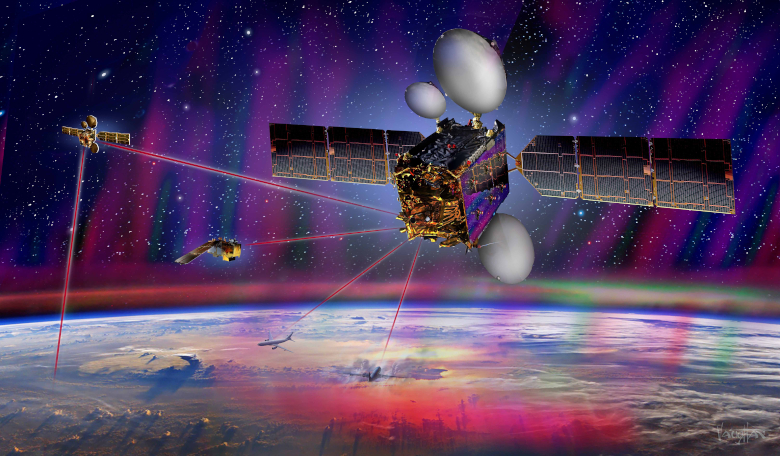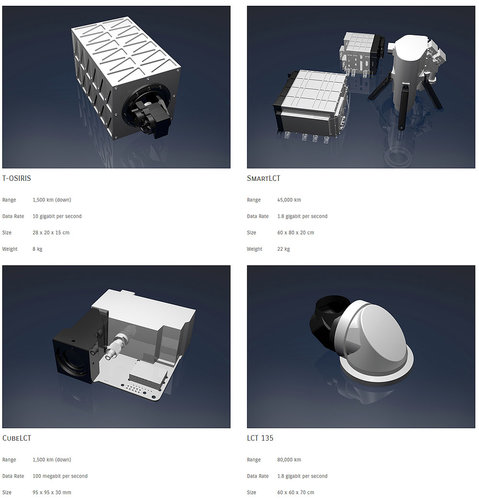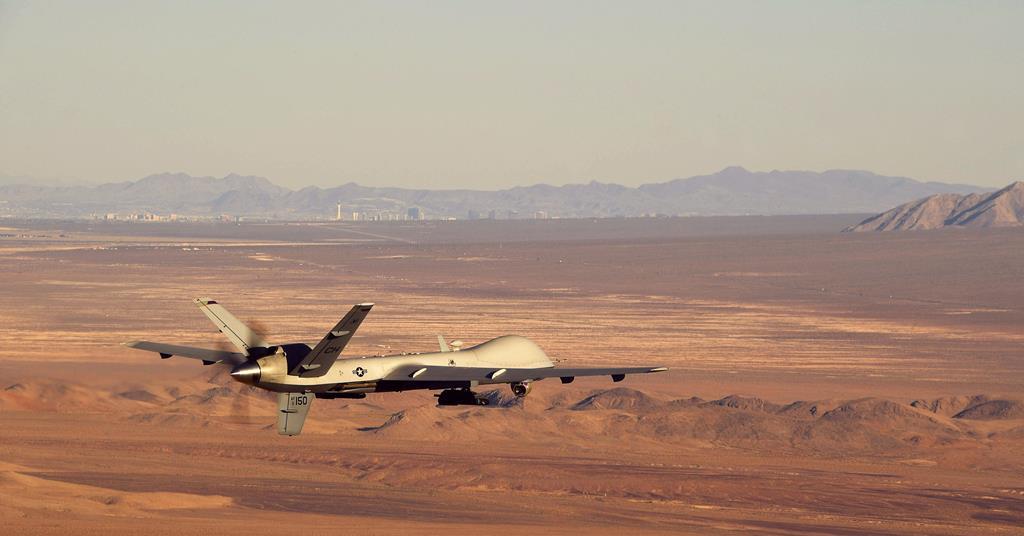PRODUCT RANGE AND APPLICATIONS OF LASER COMMUNICATION TERMINALS BY TESAT
Exactly ten years ago on 21st February, 2008, a government-to-government cooperation between the United States and Germany to establish a laser link between two operational satellites in Low Earth Orbit (LEO) started a new chapter in the history of space. The German radar satellite TerraSAR-X and the U.S. Missile Defense Agency satellite NFIRE, both equipped with Laser Communication Terminals (LCT) manufactured by Tesat, established the first successful and stable orbital laser link.
The anniversary terminal “LCT 135” makes it possible to send up to 1.8 Gbps of data and information over a distance of up to 80,000 km, fast, secure and totally interference-resistant – even when both satellites drift away from each other in different orbits at absolute orbital speeds of around 30,000 kilometres per hour.
Tesat's LCTs are the key technology behind Airbus's SpaceDataHighway that provides near-real-time data transmission to any location worldwide. This system of two geostationary satellites is used to relay data between Low Earth Orbit (LEO) satellites, spacecrafts or airborne platforms and fixed ground stations. Thus Tesat‘s technology enables near-real time data provision in support of time-critical and data-intensive applications such as for emergency response actions following natural disasters. Another exemplary application area is in the support of global maritime surveillance activities as in the upcoming Pléiades Neo Constellation of Airbus, which also will utilise the SpaceDataHighway to ensure highest system reactivity, lowest latency and high volume data transfer.
Building on more than 30 years of experience in developing and improving laser communications technology, experts at Tesat are developing smaller, smarter and more versatile solutions for a variety of new application areas. These include dedicated LCTs for LEO applications, for large satellite constellations, and also for CubeSats – small cube-shaped Earth observation or scientific satellites. Common to all terminals is the approach to reduce size, weight and cost, while maintaining functionality.
Tesat can offer appropriate Laser Terminals for a wide range of applications. In the case of the SpaceDataHighway, this is the LCT135, which can transmit up to 1.8 gigabits per second over distances of up to 80,000 kilometers, safely, quickly and completely fail-safe. Through this geostationary backbone, Tesat technology enables worldwide data transmission in near real-time.
For applications in Low-Earth Orbits (LEO) there is the SmartLCT, which can be deployed on smaller, lighter satellites with huge weight and size savings. Data transmission over distances of up to 45,000 kilometers while maintaining the high data rate of up to 1.8 gigabits per second, the SmartLCT weighs just about 22 kilograms.
For even smaller satellites, Tesat's Laser Portfolio offers the TOSIRIS and CubeL, which can transmit Direct-to-Earth data at speeds of 10 gigabits per second (TOSIRIS) or 100 megabits per second (CubeL). Particularly impressive is the associated reduction in weight. The already small representative TOSIRIS comes to only 8 kilograms while the CubeL with an edge length of just 10 centimeters weighs only 300 grams.
The groundbreaking feature is that Tesat LCTs are already helping to increase the satellite's reception capacity by up to 50%, as more data can be transmitted in less time. This makes it possible to re-record the entire global land mass (150 million km²) in just 5 days, while making it available in less than 15 minutes.
Tesat currently operates 8 Laser Communication Terminals in space – 2 of them on geostationary satellites in Airbus's SpaceDataHighway and 6 on LEO satellites.
Our product offerings encompass highly reliable equipment as for example the travelling wave tube amplifiers, multiplexers, waveguide switches, and modulators, which along with complete systems are delivered globally to all leading satellite manufacturers.

tesat.de




